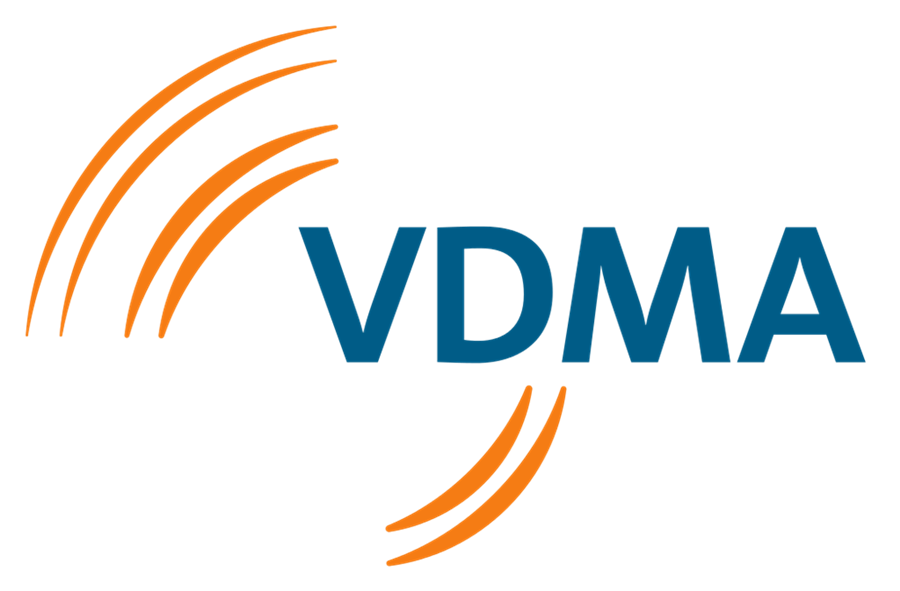NEWS
VDMA founds Additive Manufacturing trade association
Additive manufacturing (AM) processes are playing an increasingly important role in industrial production both nationally and internationally. In many branches of industry, the production of complex parts and structures is only made possible by 3D printing and all its variations. German and European companies are at the forefront of technological development here - and the members of the VDMA reflect this. In order to exploit their potential even further and to strengthen the network of companies, the VDMA is now founding an Additive Manufacturing Association specifically for this purpose, headed by Dr Markus Heering as Managing Director.
It complements the already existing VDMA Additive Manufacturing Working Group, in which around 200 member companies and institutes from all over Europe and from all areas of the additive process chain are currently involved. Together they are working on making the technology usable in networked, highly automated process worlds of Industry 4.0.
AM in aircraft construction, medical technology, or the hydrogen economy
The new Additive Manufacturing Association, which was launched yesterday at the members' meeting in Berlin, is characterised by international member companies. Their innovative processes offer the necessary potential to develop future fields such as the hydrogen economy, sustainable mobility, or personalised medicine.
For example, they produce sandwich structures of fuel cells and electrolyzers in a wide variety of combinations of promising materials. In this way, they can be tested for their contact resistance, corrosion resistance and catalytic activity. Other companies use AM processes to manufacture customised implants. In aircraft construction, it is becoming possible to manufacture bionically weight-optimised structures. With the help of complex simulations, these meet all stability requirements. At the same time, they minimise the need for materials such as aluminium and titanium. Additive manufacturing provides a remedy for the planned conversion of gas turbines to hydrogen operation: optimised turbine blades with specifically hardened surfaces in highly stressed areas and with internal flow channels promise more efficient energy conversion.
Such potential can only be leveraged if additive manufacturing processes can be successfully integrated into highly automated industrial process chains of the future. And this is precisely the goal that the members of the VDMA have been systematically working towards for several years. Among other things, they are driving forward the use of the internationally recognised OPC-UA interface standards and data communication with Umati in the interests of networking. Piece by piece, they are automating the process chain from design to material handling to post-processing and integrating solutions for optical all-round process control into their machines and systems in the interest of reproducible quality.
Best business prospects for additive technologies
“In view of the abundance of applications across many industries, our member companies are looking to the future with great expectations,” says Dr Markus Heering, Managing Director of the VDMA Additive Manufacturing Association and the corresponding AG. The recently conducted spring survey paints a positive picture: a good three-quarters of the member companies surveyed reported sales increases in 2021. At 81 per cent, the majority of members expect further growth in the domestic market over the next 24 months. Two thirds also expect export growth.








